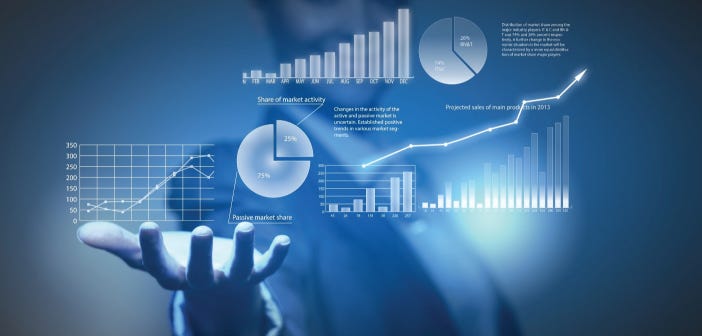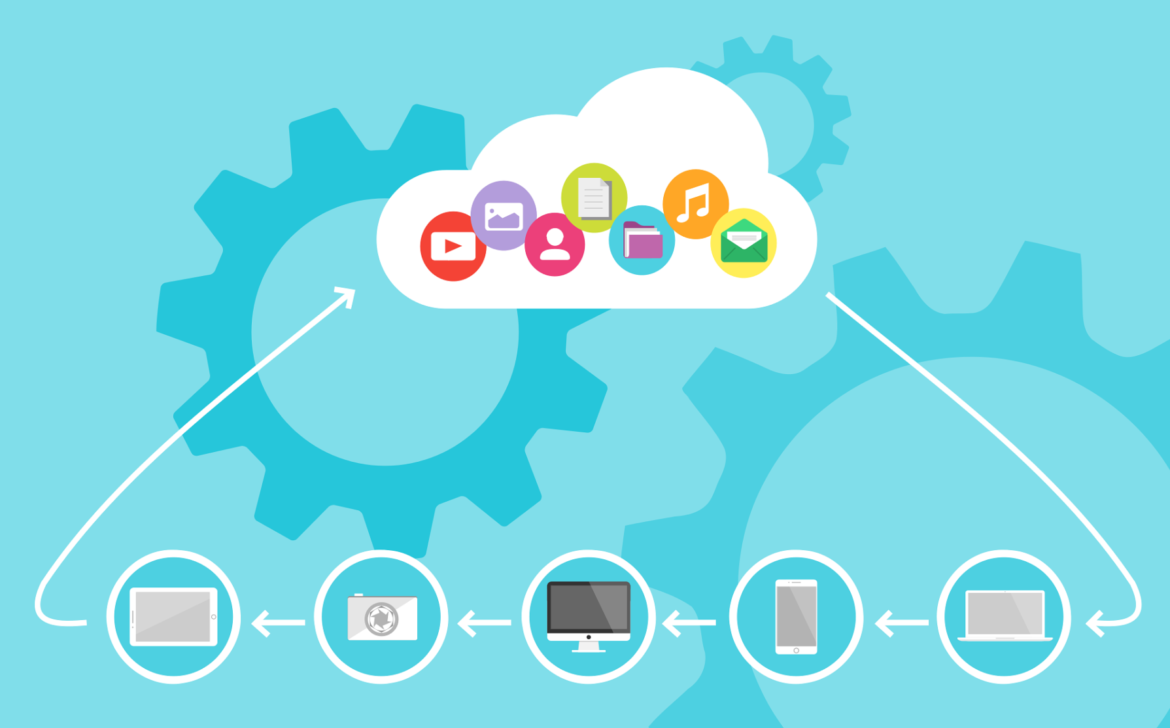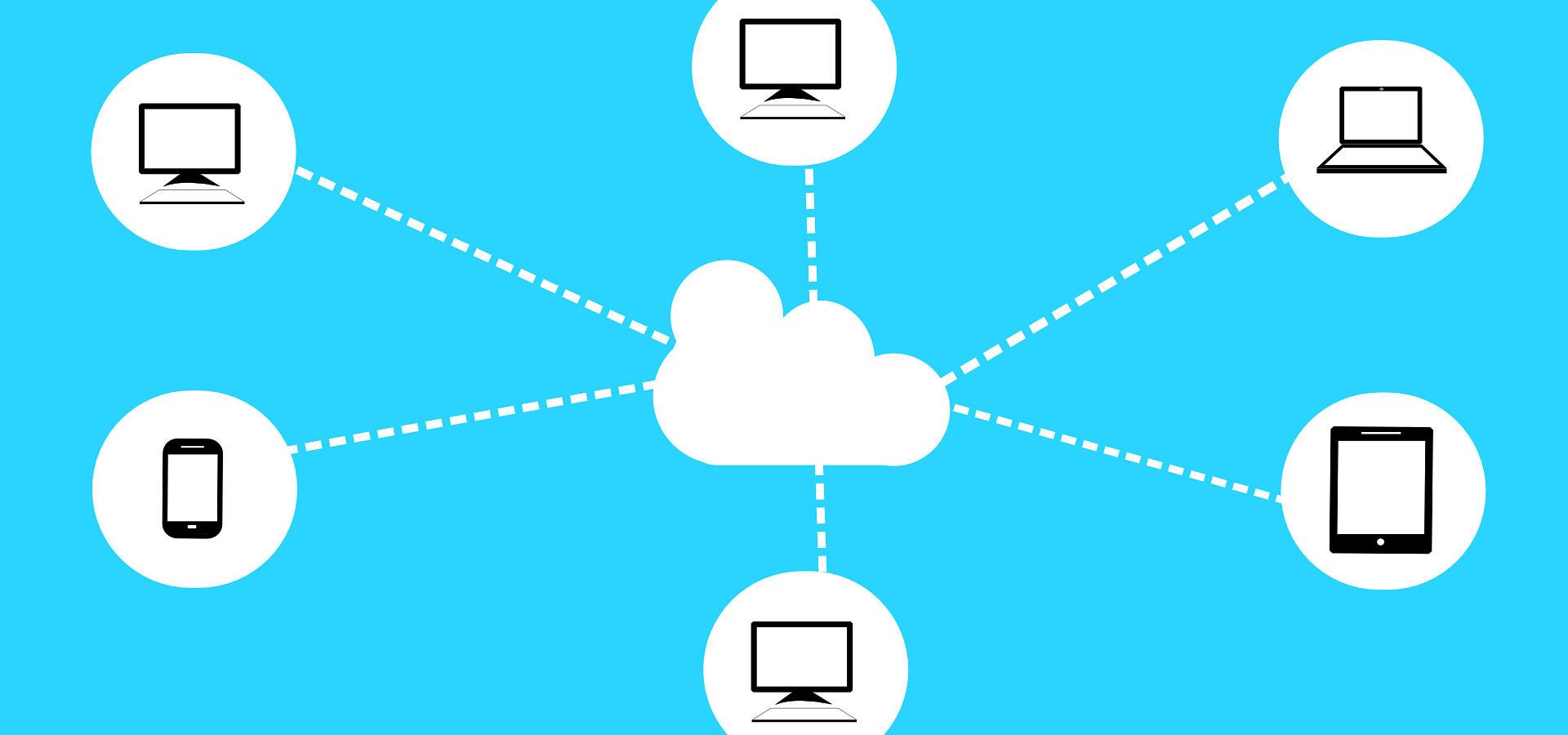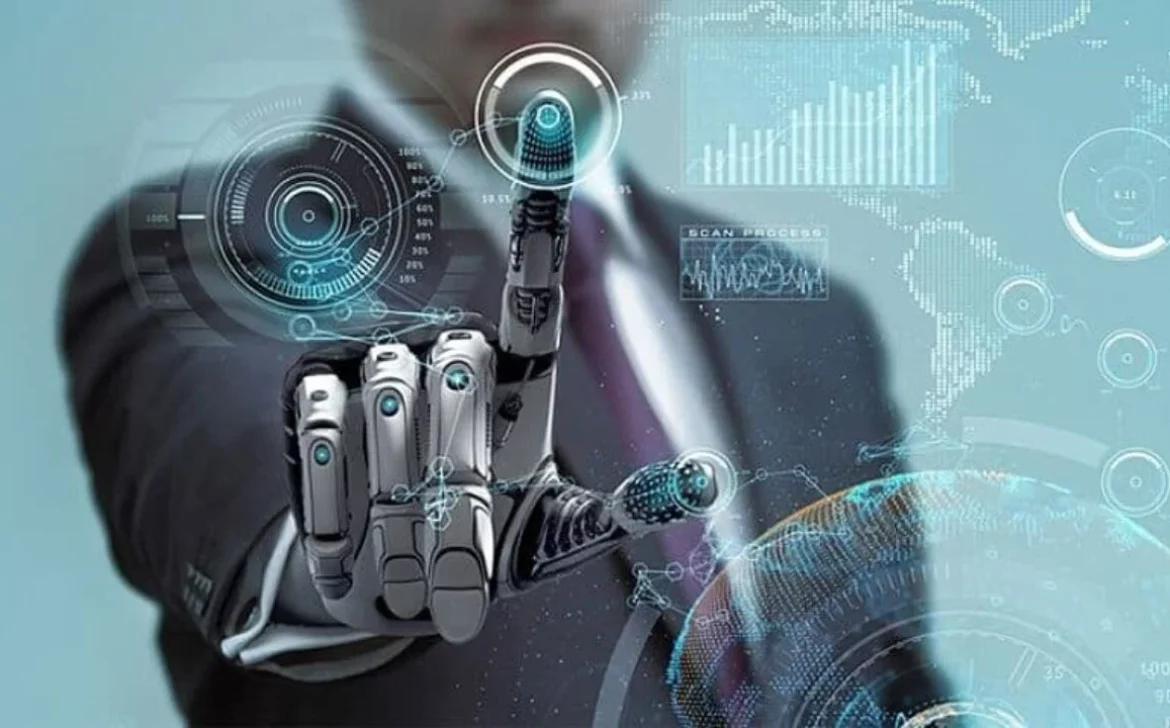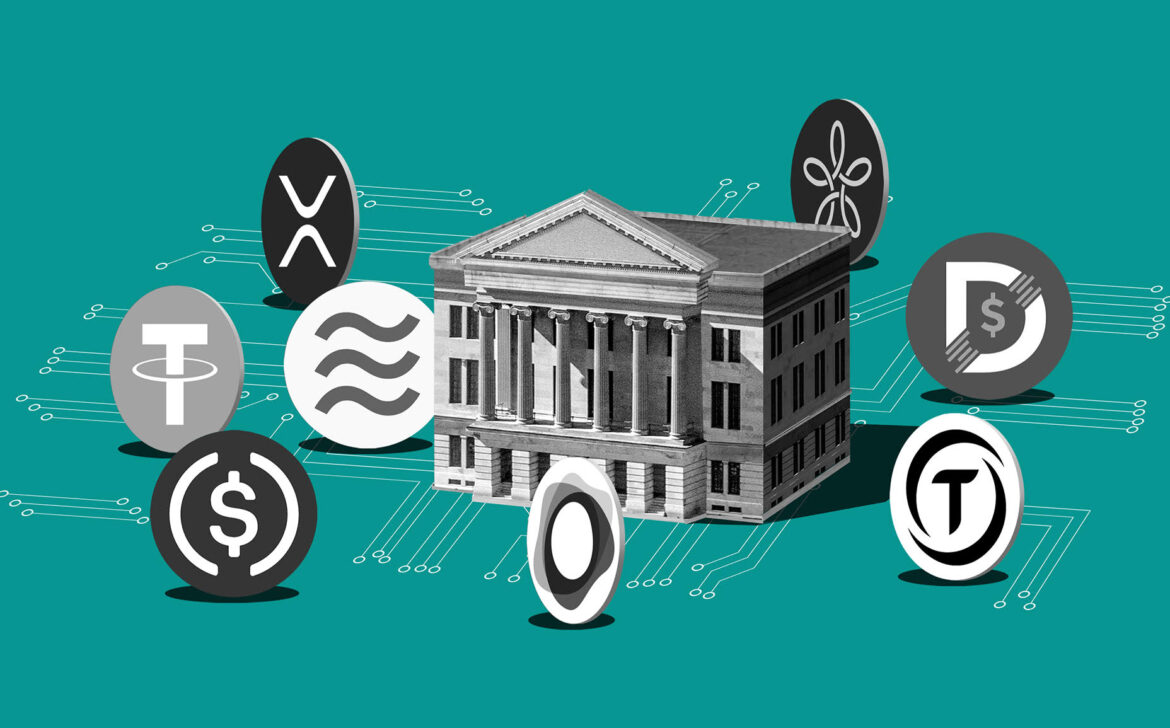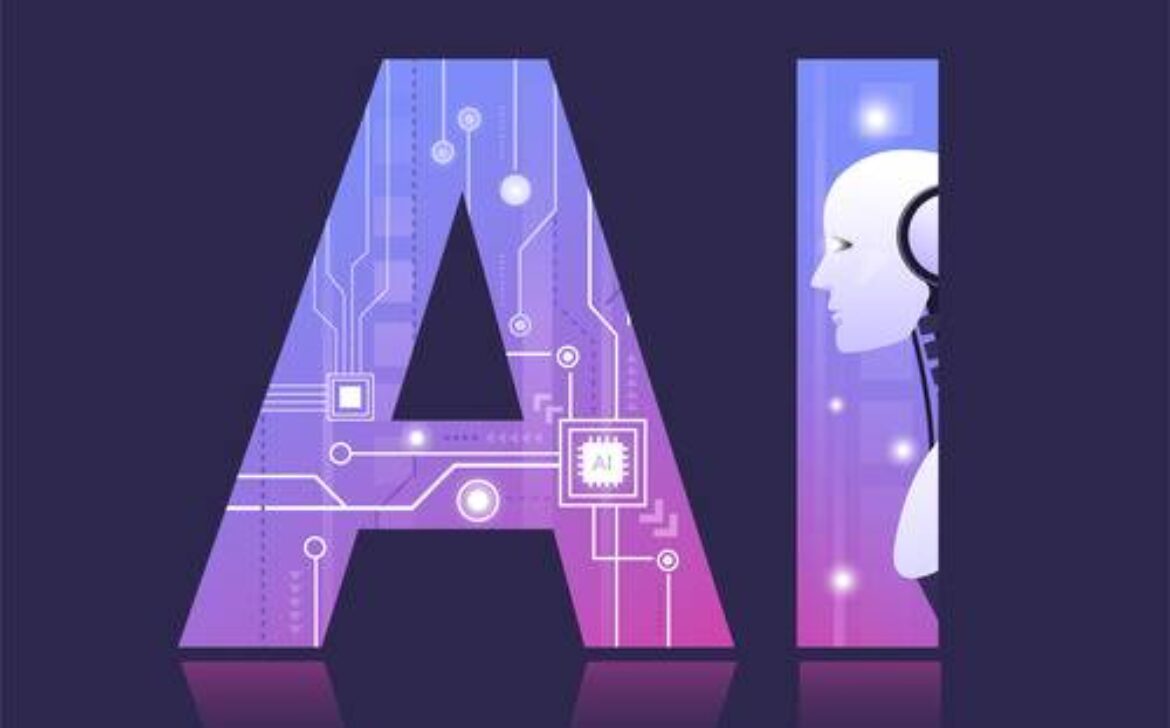“Data Science and Analytics: Leveraging Insights for Business Success”
Data science and analytics have become crucial components for driving business success in today’s data-driven world. Organizations are collecting vast amounts of data from various sources, and the ability to extract valuable insights from this data is a game changer. Here’s how data science and analytics are leveraged to empower businesses: Decision-making: Data science and analytics provide businesses with the tools to make informed and data-driven decisions. By analyzing large datasets and applying statistical models, businesses can gain insights into customer behavior, market trends, and operational efficiency. These insights enable organizations to make strategic decisions that lead to improved performance and a competitive advantage. Customer understanding: Data science helps businesses understand their customers better. By analyzing customer data, such as demographics, purchase history, and online behavior, organizations can develop customer segmentation and predictive models. This allows for personalized marketing campaigns, targeted product recommendations, and improved customer experiences, ultimately driving customer satisfaction and loyalty. Operational efficiency: Data science and analytics play a significant role in optimizing business operations. By analyzing operational data, organizations can identify bottlenecks, inefficiencies, and opportunities for process improvement. Predictive analytics can be used to forecast demand, optimize inventory management, and streamline supply chain operations. This leads to cost savings, increased productivity, and improved overall efficiency. Risk management: Data science helps businesses identify and mitigate risks. By analyzing historical data and building predictive models, organizations can assess and manage risks associated with fraud, cybersecurity threats, financial losses, and market fluctuations. This enables businesses to take proactive measures and implement risk mitigation strategies, safeguarding their operations and assets. Innovation and product development: Data science fuels innovation by providing insights into market demands and consumer preferences. By analyzing market data, customer feedback, and emerging trends, organizations can identify new product opportunities and optimize existing offerings. Data-driven insights allow businesses to innovate and stay ahead of the competition, creating products and services that align with customer needs and expectations. Data-driven marketing: Data science and analytics enable businesses to optimize their marketing efforts. By analyzing customer data, businesses can create targeted marketing campaigns, optimize advertising spend, and measure the effectiveness of marketing strategies. This helps organizations allocate resources more efficiently, achieve higher conversion rates, and maximize return on investment (ROI). Predictive maintenance: Data science and analytics are employed in industries such as manufacturing and maintenance to predict and prevent equipment failures. By analyzing sensor data, historical maintenance records, and other relevant data sources, organizations can identify patterns and indicators of potential failures. This allows for proactive maintenance, minimizing downtime, reducing costs, and improving operational reliability. In summary, data science and analytics have become invaluable tools for businesses aiming to gain a competitive edge in the modern digital landscape. By harnessing the power of data, organizations can make data-driven decisions, understand their customers better, optimize operations, manage risks, foster innovation, and achieve business success.